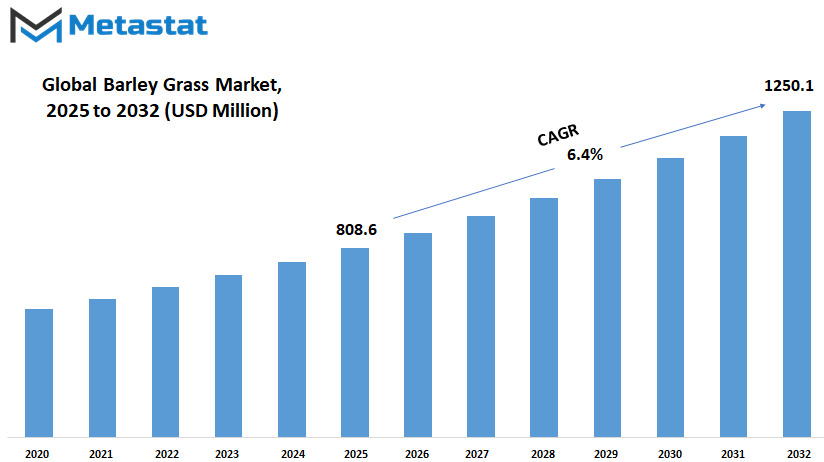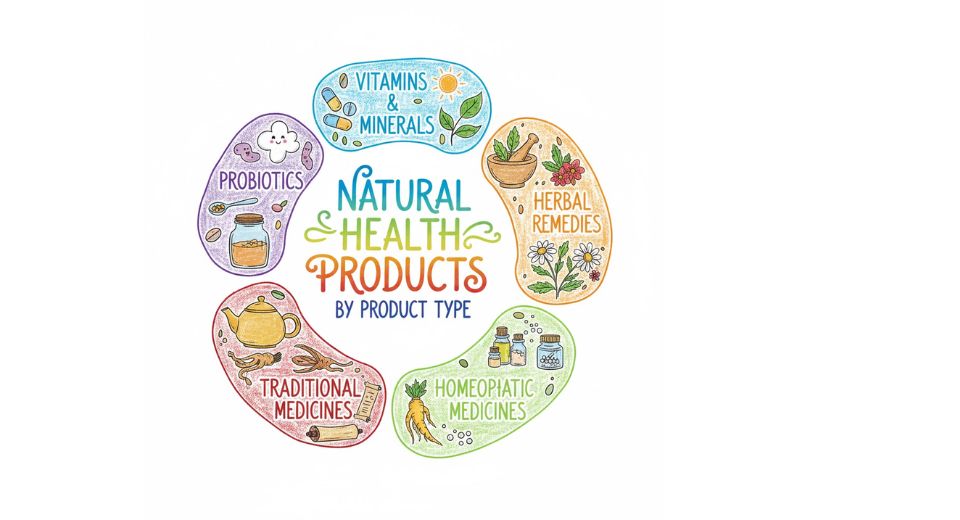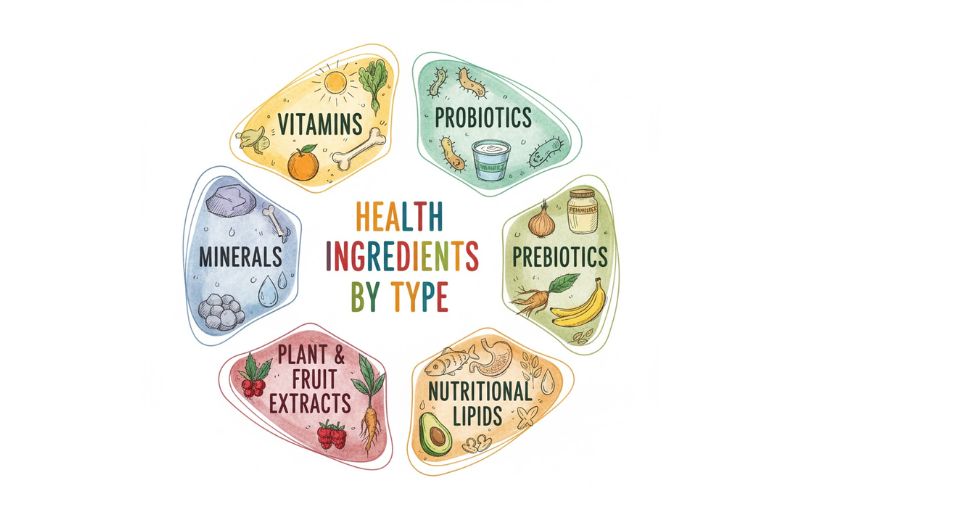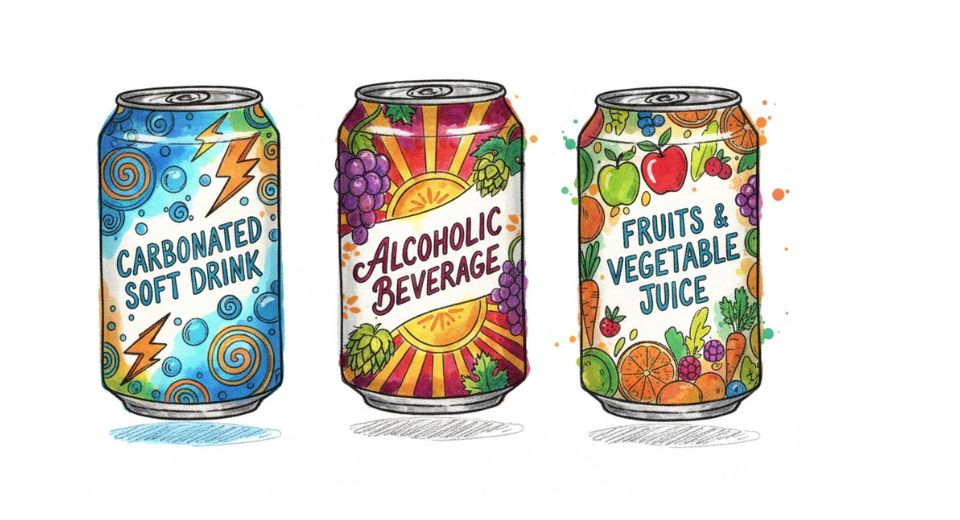MARKET OVERVIEW
The global barley grass market lies within the broader nutritional supplements and superfoods market, that is a niche player that is increasingly discovering definition and shape across various sectors like functional foods, dietary additives, and wellness-driven formulations. This market will develop based on the increasing realization of the potential for barley grass to be a central part of natural health solutions in the form of powders, capsules, beverages, and food blends designed to promote energy, digestion, and overall well-being. Unlike other generic plant-based marketplaces, this category will focus on processing, distribution, and use of immature barley plant extract, cut prior to the plant beginning to develop grain.
The global barley grass market will be offered in both organic and conventionally produced versions. It will appeal not just to consumers but to product developers and formulators searching for plant-based options with a favorable nutritional profile. Products under this category will range from single-item products to high blend combinations of supporting compounds. The value chain will run from raw material processing and farm production to retail, with a greater focus on extraction technology, nutrient preservation, and packaging that aids product efficacy. The market will be geographically split across North America, Europe, Asia-Pacific, and newly emerging markets that will begin incorporating barley grass into their nutritional portfolio over the coming years. Each marketplace will offer a local backdrop, driven by consumer health trends, regulatory forces, and local producers.
The global barley grass market will be subject to different formats to cater to regional consumption habits. For instance, Japan and South Korea can continue the use of powdered green mixtures as regular staples in day-to-day consumption, while North American consumers can take capsules or beverage supplements on a daily routine basis. This market will require increased transparency in sourcing and processing, with USDA Organic, Non-GMO, and allergen-free status being the pillars of brand reputation. Traceability programs and third-party lab certifications will become a norm of business rather than a marketing hook. These elements not only protect consumers but also facilitate an identifiable supply structure across continents.
Technology in drying technologies, like freeze-drying and spray-drying, will determine product shelf life and quality. Emerging trends in extraction and concentration will also determine nutrient retention of density during processing. Convergence with personal nutrition platforms will also emerge as the global barley grass market evolves, with customized blends targeting gut health, immunity, and detoxification.
This market will not happen in a vacuum. It will coordinate with eating patterns like plant-forward eating, alkaline eating, and clean-label labeling. As a result, manufacturers within this category will be aligning with research centers and clinical establishments to support functional claims. They will also be investing in consumer education programs to create awareness about barley grass as a unique component of total wellness.
In time, the global barley grass market will be a nexus between functional foods and farming, establishing a new product category that will be defined by purity, efficacy, and sustained demand among wellness-focused populations. It will be sustained by consumer trust, demonstrated efficacy, and enhanced delivery systems that will continue to evolve with scientific advances and cultural changes.
Global barley grass market is estimated to reach $1250.1 Million by 2032; growing at a CAGR of 6.4% from 2025 to 2032.

GROWTH FACTORS
The global barley grass market is slowly making waves in various regions of the world as individuals increasingly become health and nutrition conscious. This increased awareness is propelling consumers to look for natural sources of food that provide ample benefits. Barley grass, with its high concentration of vitamins, minerals, and antioxidants, has emerged as a product of interest. One of the most important reasons for its popularity boost is the consistent change in the food lifestyle of people. While people are attempting to shift towards cleaner and more organic food, this grass has come into the limelight because of its ability to boost immunity, digestion, and energy levels.
Another element that will shape the future of the global barley grass market is the advancement in farming practices and harvesting and processing technology for such crops. Improved equipment, enhanced organic farming methods, and more research on soil health will contribute to making a more stable and quality-focused supply. As the market expands, the producers are likely to concentrate on how to increase their farming while maintaining the product pure and effective. This will create new supply chain trends, challenging farmers and producers to come together and take barley grass to more markets of the world.
But there are obstacles that may hinder this development. Low consumer awareness in particular areas can keep the product from reaching its highest level of success. Moreover, limited access to good seeds and the right machinery in developing countries may keep some farmers out of the market or unable to maintain reliability. These issues might create uneven supply, so it would become challenging to satisfy the demands of bigger markets.
Despite this, there remains a promise of robust growth to come. Growing demand for plant-based health supplements and healthy eating lifestyles will create opportunities for new product ranges and wider customer bases. This will involve the introduction of convenient powder forms or blends that can accommodate hectic lifestyles. The market might also gain from health-led trends, including diet plans and exercise programs that promote natural foods.
In the future, the global barley grass market has the potential to develop into something even greater. It can become a staple in people's daily lives around the world with the right investments in education, innovation, and outreach. The future will be for those who prioritize quality, trust, and long-term value
MARKET SEGMENTATION
By Type
The global barley grass market is also being eyed for its potential to assist in maintaining health and wellness. As individuals become increasingly aware of what they eat, cleaner and more natural food options are in increased demand. This change in preference is redefining the future of food manufacturing and agriculture. The global barley grass market with its dense nutritional profile perfectly fits into this trend. It is not only viewed as a supplement but also as part of an overall trend toward improved health through natural solutions.
When discussing the various forms of the global barley grass market, it is generally defined by how it is manufactured. The two primary groups are natural and organic. Natural barley grass is cultivated with no synthetic additives, but can still employ conventional agricultural practices. Conversely, organic barley grass pushes it one step further by insuring that each phase of the cultivation process steers clear of chemical inputs, pesticides, and chemicals. This, others feel, produces a cleaner and greener product, which will most probably be more appealing to the future generation of consumers who care about both individuals' health and the Earth as well.
As time goes on, natural and organic choices will be increasingly available, fueled by improved farming techniques and technology. Producers and farmers are already seeking solutions for how to elevate the quality and purity of the global barley grass market as well as meet safety requirements. Such advancement is not just vital for the consumer but for the planet as well. There is increasing concern that in order to sustain future needs, there must be sustainable agriculture without degrading the land.
One of the reasons for such increased popularity is the broad variety of applications the global barley grass market has. It not only finds its way into powders and capsules but is also incorporated into beverages and food as a nutritional supplement. Due to the versatility, the market is bound to expand. The businesses are predicted to emphasize clearer labeling, information on sources, and more efficient packaging in order to gain the trust of consumers.
In the future, further studies will be conducted to investigate the advantages of various methods of cultivation. As individuals continue to seek genuine and organic products, both natural and organic versions of the global barley grass market are poised to gain greater recognition. As more people become aware, this is poised to not only affect individual diets but also the way food is cultivated and processed globally.
By End-Users
The global barley grass market has begun gaining more popularity as individuals become more educated on natural products and how they can benefit. This is not a fleeting trend but one that is most probably going to influence the way industries create products in the future. The global barley grass market is more than just a simple plant ingredient. It is being considered as a game-changer in a number of industries, such as food and beverages, personal care, and even pharmaceutical applications. Its increased application indicates an increasing trend towards natural and functional ingredients that provide something more than basic functionality.
In the food and beverages segment, the global barley grass market is being incorporated into foods such as smoothies, health beverages, and functional foods. Individuals are no longer simply searching for flavor; they also desire nutritional value added to what they consume and ingest. This demand is prompting manufacturers to get creative, and the global barley grass market provides one such alternative that suits perfectly. As food trends evolve, there will be increased innovation in how this grass is incorporated into everyday products, potentially opening up a new category of nutrient-based foods that individuals will rely on for everyday health.
The pharmaceutical industry is also looking at ways the global barley grass market can be an even bigger part of human health. As more emphasis is placed on prevention rather than treatment, more supplements and health-aided products are predicted to contain this ingredient. It might not be used as a direct substitute for drugs, but it could find its way into trusted health regimens that individuals will turn to in order to enhance overall health.
Personal grooming is also an area where the global barley grass market is increasingly making appearances. With consumers more carefully considering what goes on their skin and hair, they are seeking out ingredients that work but are kind. global barley grass market is now being formulated into creams, shampoos, and facial care products, introducing natural beauty as well as functional benefit. This change will continue, as coming personal care products will need to do more than enhance looks—they will also be required to enhance skin health in a sustainable manner.
With time, the global barley grass market could be regarded not as a trend but as a usual ingredient in these industries. The future of the ingredient is in how the industries continually discover more uses for it, in a way that supports both consumer needs for simpler, natural products and health.
|
Forecast Period |
2025-2032 |
|
Market Size in 2025 |
$808.6 million |
|
Market Size by 2032 |
$1250.1 Million |
|
Growth Rate from 2025 to 2032 |
6.4% |
|
Base Year |
2024 |
|
Regions Covered |
North America, Europe, Asia-Pacific Green, South America, Middle East & Africa |
REGIONAL ANALYSIS
The global barley grass market has diverse potential in different regions of the world, with each region influenced by unique consumer habits, agricultural conditions, and economic situations. In North America, specifically in the US and Canada, the trend towards healthier lifestyles already exists and supports increasing demand for natural supplements such as barley grass. The area's consciousness about plant-based products will most probably result in a consistent increase in demand. Moreover, North American farmers and manufacturers are embracing sophisticated farming techniques and new-generation production methods, which will serve to satisfy growing demand for cleaner, greener sources of sustenance.
Europe is also on the same track, particularly in Germany, the UK, and France, where individuals are becoming increasingly aware of what they eat. Consumers are gravitating more towards plant-based and organic and barley grass certainly is a prime example of that move. Utilization of this crop in health foods, powders, and capsules is increasing, and that will create increasing room in markets that appreciate clean labeling and sustainable production. Europe's food safety and organic production regulations further enable this change and could lend more credibility to barley grass products among health-conscious consumers.
Asia-Pacific commands a substantial proportion of interest based on sheer population size and a rising interest in wellness products. China and India are witnessing growth in the number of middle-class individuals, and with it, there is more spending on health. Individuals in these nations are starting to look at ancient nutrition in new forms, and barley grass is attractive as both a historical and cutting-edge health choice. This region will remain one of the most robust growth areas due to its mix of cultural practices and increasing receptivity to international health patterns.
In South America, the demand for natural food supplements is increasing in momentum. Brazil and Argentina are starting to pay greater attention to sustainable agriculture and health. Though still in the growing phase, the market has potential, particularly with improved networks of distribution and promotional campaigns.
In the meantime, the Middle East and Africa provide early indications of progress. The transition toward a healthier choice in food and a better way of life is beginning to manifest, particularly in the urban centers. South Africa and the GCC region are likely to witness gradual adaptation of barley grass products, fueled by local demand and international trend.

COMPETITIVE PLAYERS
The global barley grass market popularity is likely to increase steadily as more individuals rely on plant products for health and wellness. In light of the greater emphasis on natural health, barley grass is a supplement that promotes improved living. It consists of young barley plants, which are frequently cut before the grain starts to develop. This is the point when the plant is full of vitamins, minerals, and antioxidants that most people believe are responsible for overall well-being. As ways of life evolve and more and more people learn about the importance of clean eating, products such as barley grass are bound to become even more popular.
A number of firms have already established themselves in this niche. Among the most prominent players are Green Foods Corporation, Swanson Health Products, Inc., and Synergy Natural Products Pty Ltd. They, as well as others such as NZ Nutritionals Ltd. (Vitafit), Morlife Pty Ltd., and Vimergy, are still driving the product into new markets. These companies are not merely concerned with the sale of a product, but with assisting individuals towards healthier options. With science investigating the potential health benefits of barley grass, more individuals are likely to become attracted to its use.
Green Source Organics and YT (Xi'an) Biochem Co., Ltd. are focused on enhancing how barley grass is cultivated and processed. Through improved techniques of farming and high-quality output, these companies are establishing standards that will define the future of this business. Through the assistance of research and user response, they can optimize their approach and provide a product that can satisfy increasing expectations. Changsha Comext Biotech Co., Ltd. and Hengshui Shanzhi Health Drink are also a part of this trend, illustrating how global cooperation is becoming a powerful component of the future of the industry.
What is so promising about this market, however, is not only the increased demand, but also the innovation behind it. Companies like Honest to Goodness and Sante International are just a couple of examples of companies that bring an approach to health that is natural and honest, and are appealing to more and more consumers. As greater numbers of people realize the way in which plant-based supplements can help facilitate long-term health, the future for the global barley grass market will most assuredly be full of promise, not just for the businesses concerned but for those desiring healthier lifestyles through natural means.
Barley Grass Market Key Segments:
By Type
- Natural
- Organic
By End-Users
- Food and Beverages
- Pharmaceutical
- Personal Care
- Others
Key Global Barley Grass Industry Players
- Green Foods Corporation
- Synergy Natural Products Pty Ltd.
- Swanson Health Products, Inc
- NZ Nutritionals Ltd. (Vitafit)
- Morlife Pty Ltd.
- Vimergy
- Green Source Organics
- YT (Xi'an) Biochem Co., Ltd.
- Changsha Comext Biotech Co., Ltd.
- Hengshui Shanzhi Health Drink
- Honest to Goodness
- Sante International
WHAT REPORT PROVIDES
- Full in-depth analysis of the parent Industry
- Important changes in market and its dynamics
- Segmentation details of the market
- Former, on-going, and projected market analysis in terms of volume and value
- Assessment of niche industry developments
- Market share analysis
- Key strategies of major players
- Emerging segments and regional growth potential








 US: +1 3023308252
US: +1 3023308252






